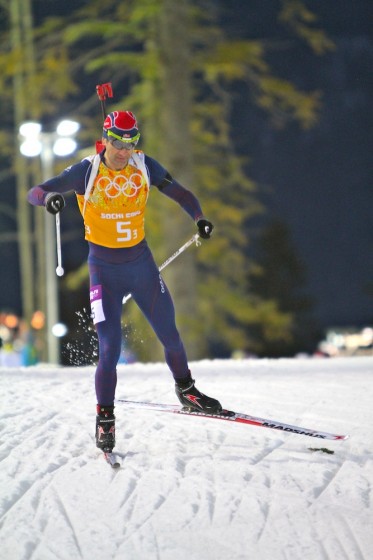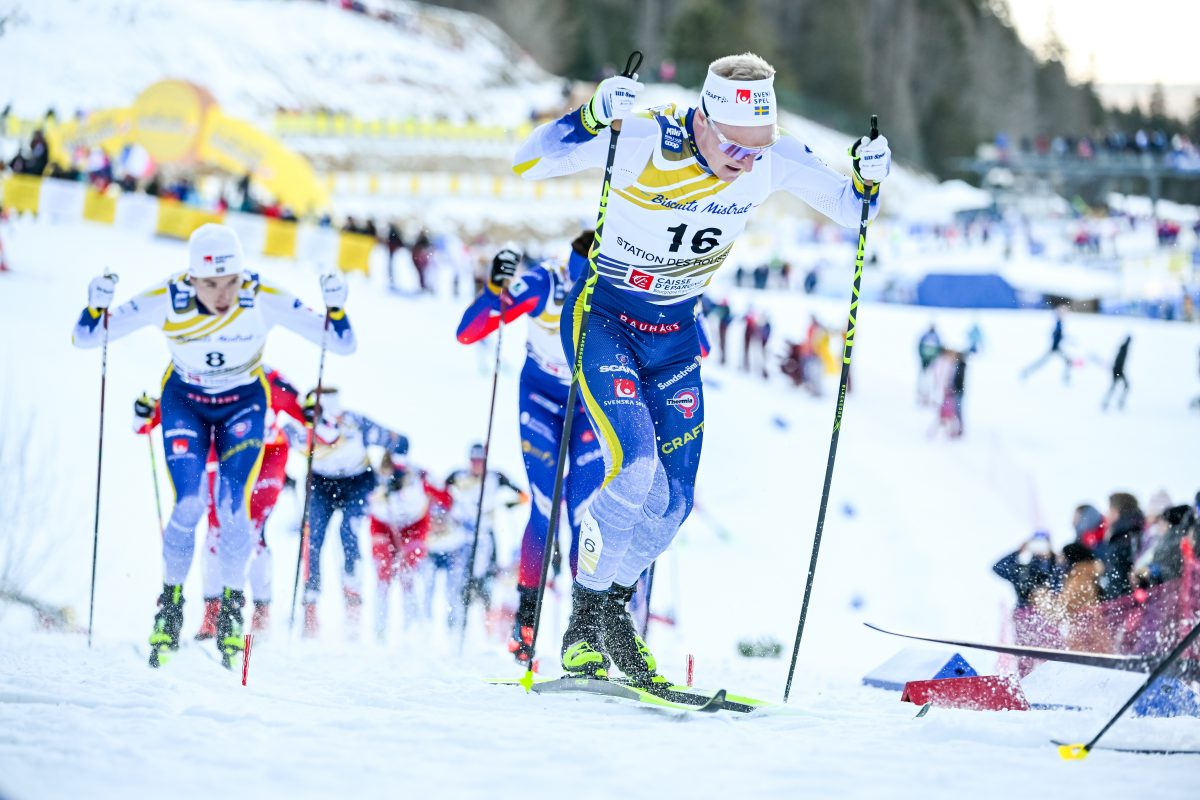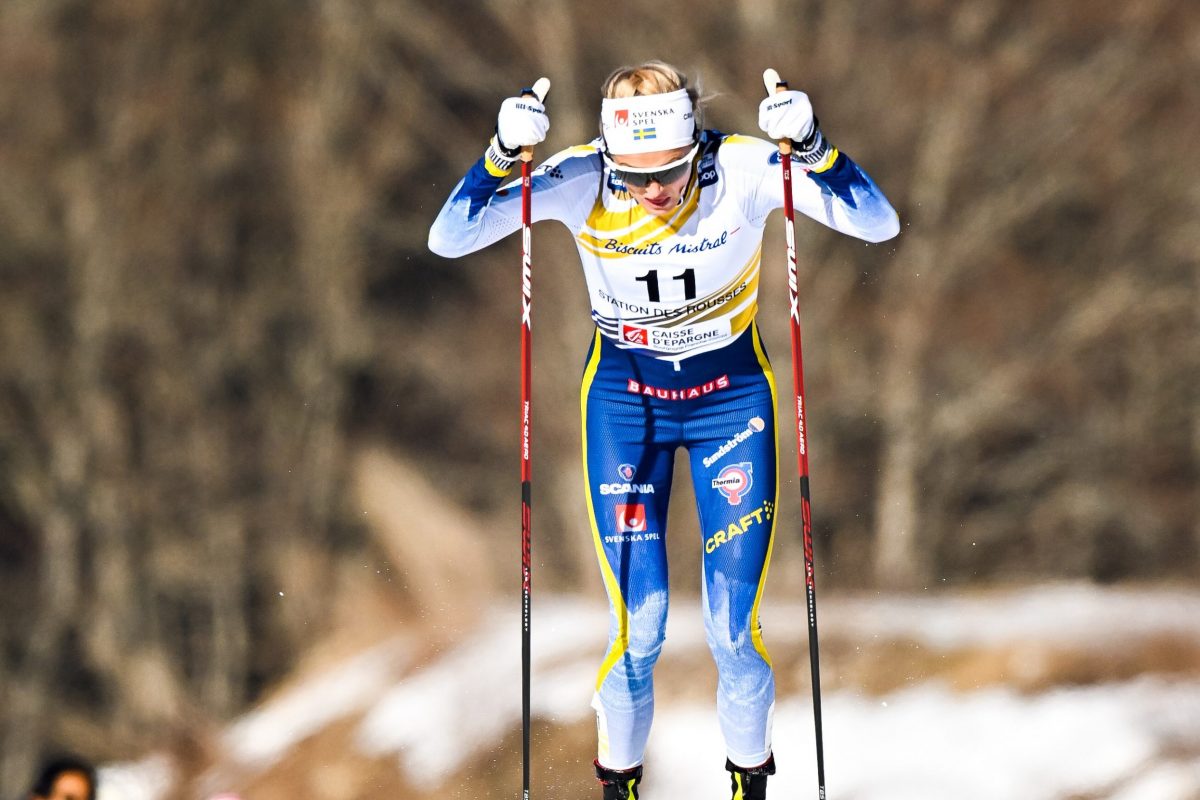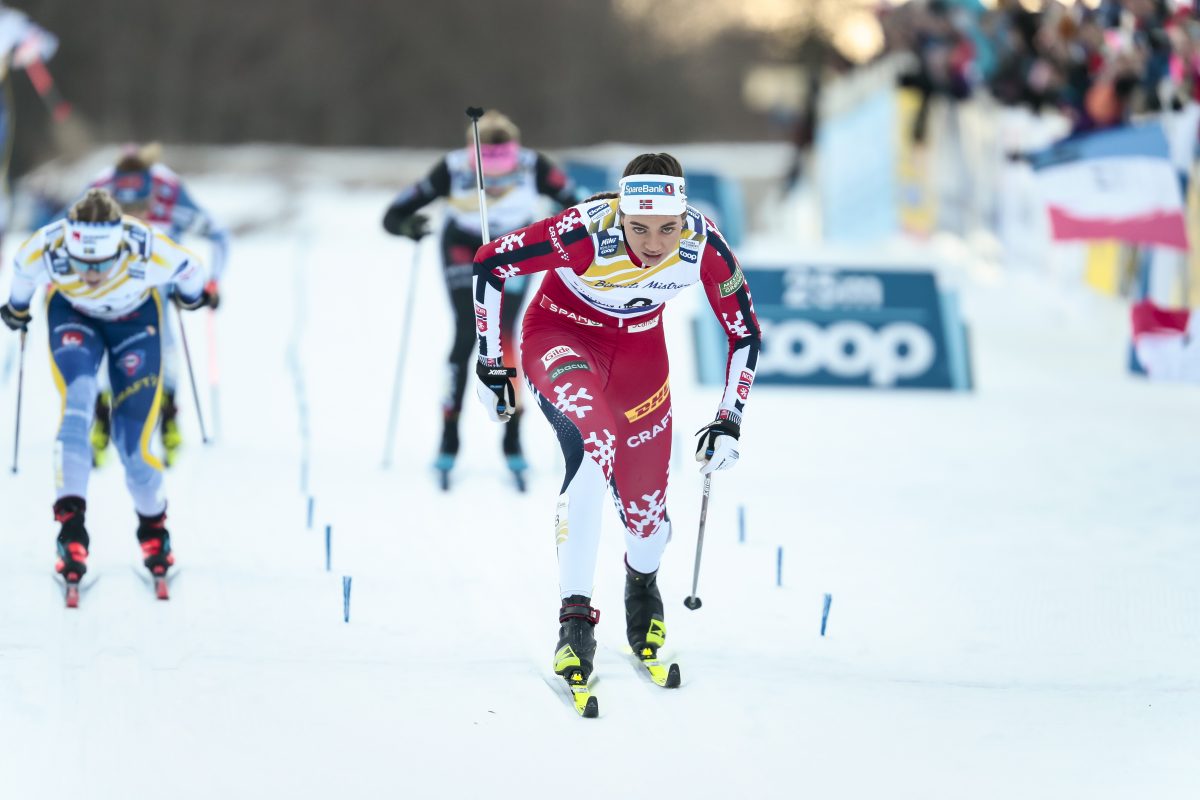
The Norwegian Olympic and Paralympic Committee and Confederation of Sports has authorized the release of VO2max test data by its nordic Olympians – in the name of science.
VO2max, or maximal oxygen uptake, is an important physiological metric for endurance athletes. Coaches take note of the measurement and its development over time as an indicator of aerobic potential.
VO2max seems to be fairly stable through time. For instance it doesn’t change much over the course of a training or racing season, and scientists hypothesize that this type of aerobic potential is best developed in adolescence and then taken advantage of throughout a career.
It’s also not a guarantee of athletic success. In all sports, including cross-country skiing, other aspects of athleticism like technique and mental strength are essential in determining a winner. The athlete with the highest VO2max is often beaten by those with lower maximal oxygen uptake.
But it’s certainly important to have a high VO2max , and several famously successful athletes like Bjørn Dæhlie, Gunde Svan, Harri Kirvesniemi, Ole Einar Bjørndalen, and Anders Aukland have among the highest measurements ever recorded.
Espen Tønnessen, who works for the Norwegian Olympic and Paralympic Committee and Confederation of Sports, was the recipient of this enviable VO2max dataset along with colleagues there and at the University of Agder.
The data included test results from 111 Olympians and World Championships competitors from cross-country skiing, biathlon, and nordic combined, over the years from 1990-2013.
All told, the group had won 62 Olympic and 198 World Championships medals, between one fifth and one third of all the medals available during that time period, depending on the sport.
Tønnessen and his co-authors compared the absolute (in liters per minute) and relative (corrected for body weight) VO2max test data between athletes in the different sports, between medal-winning and non-medal-winning athletes, and between men and women.
The study was recently accepted by the International Journal of Sports Physiology and Performance. You can see a poster version of the findings here.
The authors found a number of interesting patterns. For instance, VO2max was generally higher for cross-country distance skiers than for sprinters, with biathletes somewhere in the middle and nordic combined athletes having a wider range of VO2max.
Just how high were the numbers? Cross-country distance skiers had a relative VO2max of 84.3±5.2 mL∙kg∙min-1for men and 72.6±5.1 for women. The lowest male measurements belonged to non-medalist nordic combined athletes, at 73.5±2.9, and the lowest for women to non-medalist biathletes at 62.0±3.1.
In cross-country distance skiing, biathlon, and nordic combined, medalists had an higher average VO2max than non-medalists, although the difference was not statistically significant.
Notably, the range of VO2max values for female biathletes who won medals was much larger than the range for medalists in other sports. This may indicate the importance of the mental aspect of the sport, or that the women’s field is not as deep as the men’s field, perhaps because women’s biathlon was only accepted as an international competition sport much later than women’s cross-country skiing.
Along a similar vein, the difference in VO2max between medalists and non-medalists was biggest in nordic combined.
“This could be explained by the smaller number of athletes competing at the very top end in this sport discipline,” the authors wrote. “Another reason could be that the competition regulations favor athletes with well-developed aerobic capacity compared to ski jumping capabilities. Despite previous studies suggesting that VO2max does not reliably predict endurance performance amongst elite athletes, the current study indicates that in certain winter endurance disciplines high VO2max may differentiate medalists from non-medalists even at the very highest performance level.”
In cross-country sprinting, the averages were virtually identical between medalists and non-medalists. As short-distance races, aerobic fitness is clearly required, but pure speed and anaerobic fitness are also important determining factors for success.
By publishing the data and and the information about testing equipment used by the national teams, Norway is also setting benchmarks that can be used as a measuring stick by other athletes and researchers internationally.
The last time such data had been published was in 1967. Tønnessen found 2% higher relative VO2maxmeasurements for male distance skiers in the new dataset, 9-10% higher measurements for male biathletes, and 12-13% higher measurements for female distance skiers.
Is that because athletic training and performance have improved over the last half-century? Or because testing equipment and methods has also changed? Perhaps both are true.
But for women in particular, there’s evidence that top athletes are becoming more and more fit. Since the 1960’s, for instance, the difference in relative VO2max between men and women has dropped from 30% to 15%, the authors write.
And that difference is likely here to stay, they conclude.
“The current 15% difference in relative VO2max between male and female medal winning skiers is not related to gender differences in training loads, but is well explained by long-established physiological differences in hemoglobin mass, body composition, and relative heart size between males and females,” they write. “This difference seems therefore unlikely to narrow meaningfully over coming decades.”
For the nerds: here’s how the equipment the Norwegians use to do their tests
“A 200×70 cm ELG Woodway treadmill (Woodway Gmbh, Weil am Rhein, Germany) routinely calibrated for speed and incline was used for VO2max testing. During the test, participants breathed into a Hans Rudolph two-way breathing valve (2700 series; Hans Rudolph Inc, Kansas City, USA) connected to metabolic gas analyzers. Gas exchange and ventilatory variables were continuously sampled in a mixing chamber and averaged every 30 s. Oxygen uptake was measured using EOS Sprint (Jaeger-Toennis, Wurtzburg, Germany) from 1989 to 2002 (June), while an Oxycon Pro (Jaeger-Toennis, Wurtzburg, Germany) metabolic test system was used from June 2002.”
Chelsea Little
Chelsea Little is FasterSkier's Editor-At-Large. A former racer at Ford Sayre, Dartmouth College and the Craftsbury Green Racing Project, she is a PhD candidate in aquatic ecology in the @Altermatt_lab at Eawag, the Swiss Federal Institute of Aquatic Science and Technology in Zurich, Switzerland. You can follow her on twitter @ChelskiLittle.



